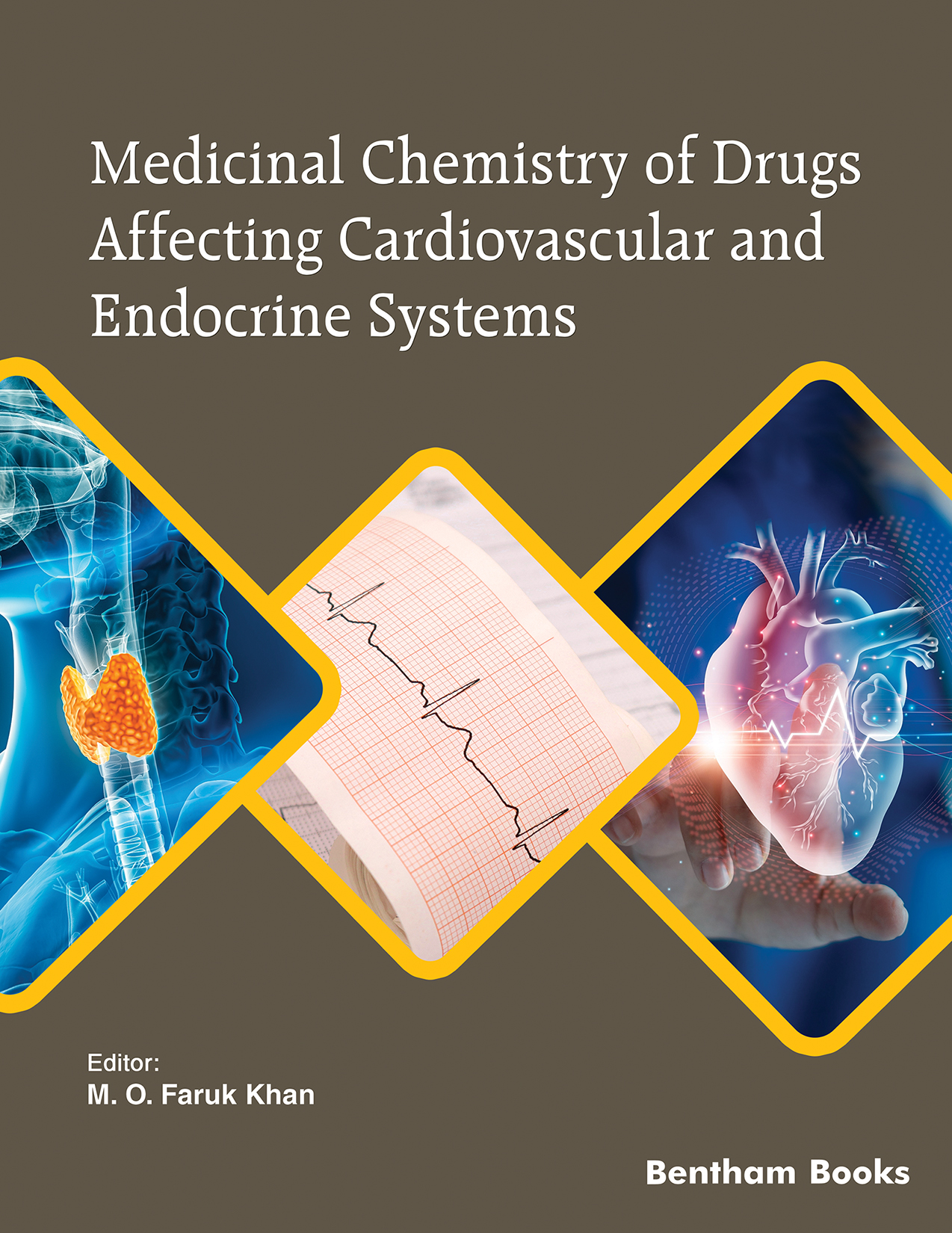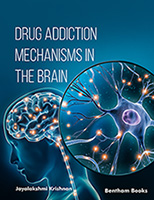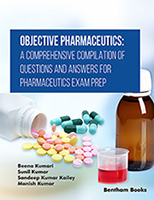Introduction
The primary objective of this 4-volume book series is to educate PharmD students on the subject of medicinal chemistry.The book set serves as a reference guide to pharmacists on aspects of the chemical basis of drug action. Medicinal Chemistry of Drugs Affecting Cardiovascular and Endocrine Systems is the third volume of the series. This volume features 8 chapters focusing on a comprehensive account of drugs affecting both the cardiovascular system and the endocrine functions. The volume informs readers about the medicinal chemistry of relevant drugs, which includes the mechanism of drug action, detailed structure-activity relationships and metabolism. Topics covered include drugs that affect the renin-angiotensin system, calcium channel blockers, diuretics, hematological agents (anticoagulants, thrombolytic and antiplatelet agents), antidiabetics, antihistamines, proton pump inhibitors and therapeutic hormones. Each chapter also offers case studies and self-assessments to facilitate discussion and learning. The book equips students with a scientific foundation to competently evaluate, recommend and counsel patients and health care professionals regarding the safe, appropriate, and cost-effective use of medications. Students and teachers will also be able to integrate the knowledge presented in the book and apply medicinal chemistry concepts to understand the pharmacodynamics and pharmacokinetics of therapeutic agents in the body. The information offered by the book chapters will give readers a strong neuropharmacology knowledge base required for a practicing pharmacist.
Readership
PharmD / pharmacology students and teachers.




